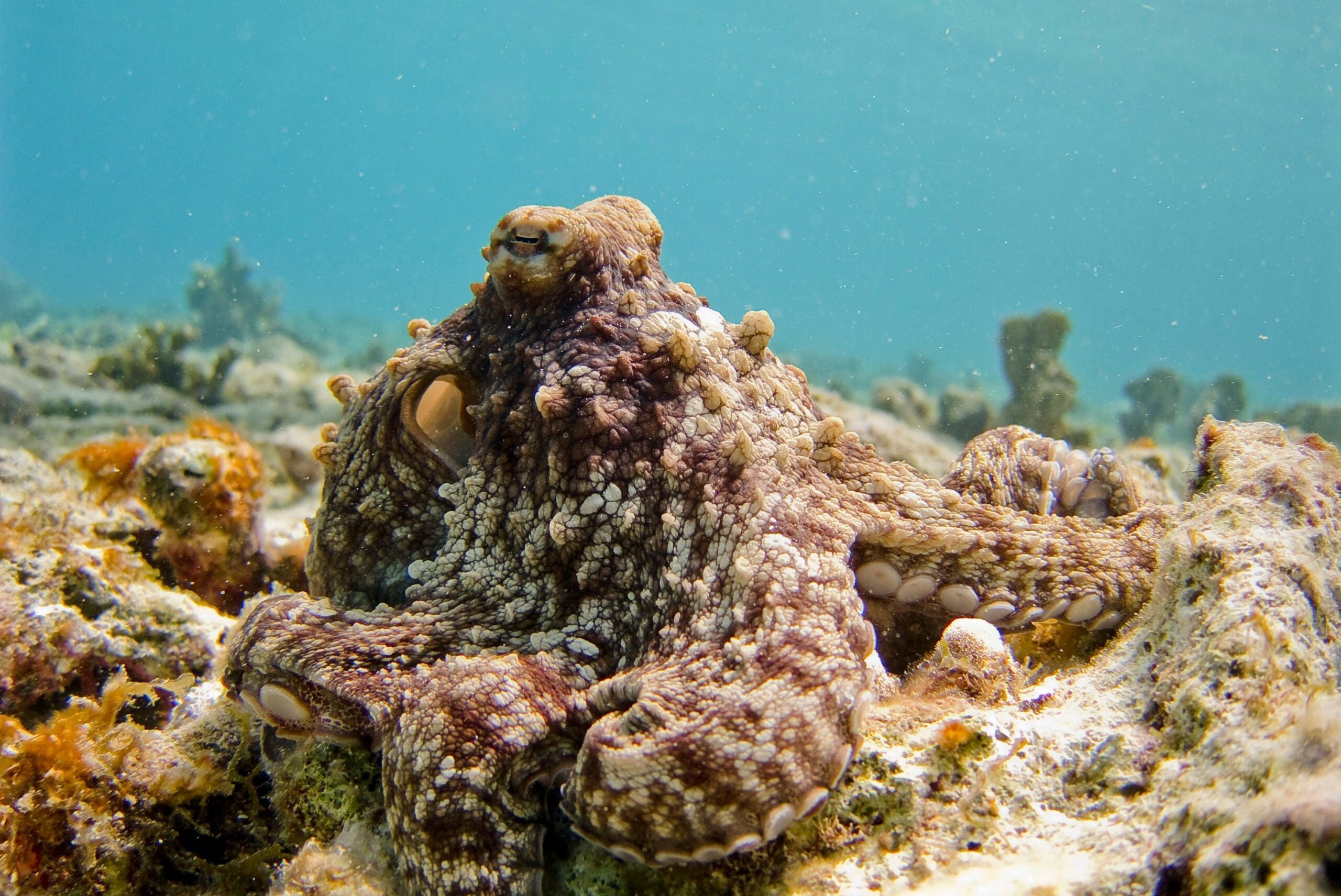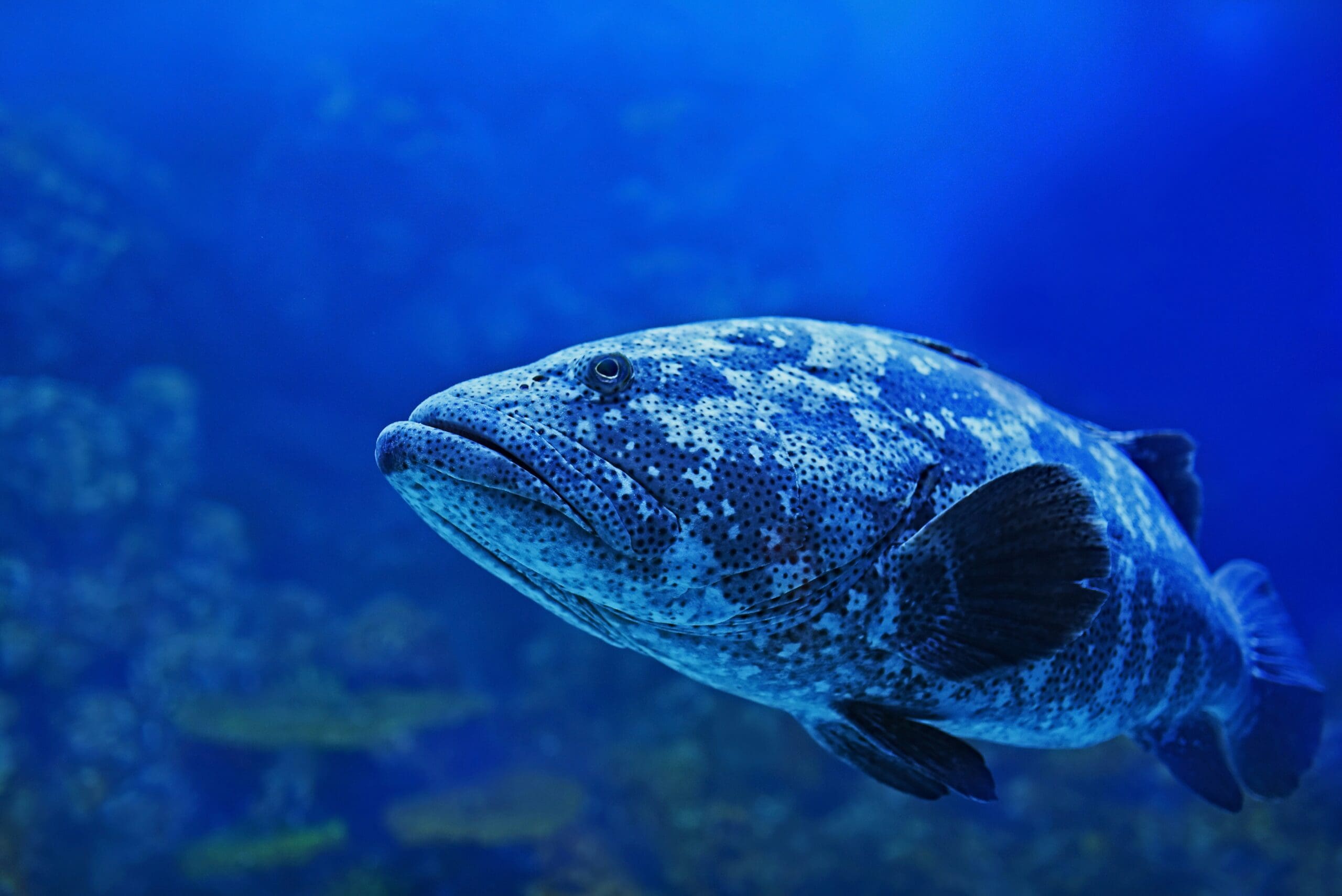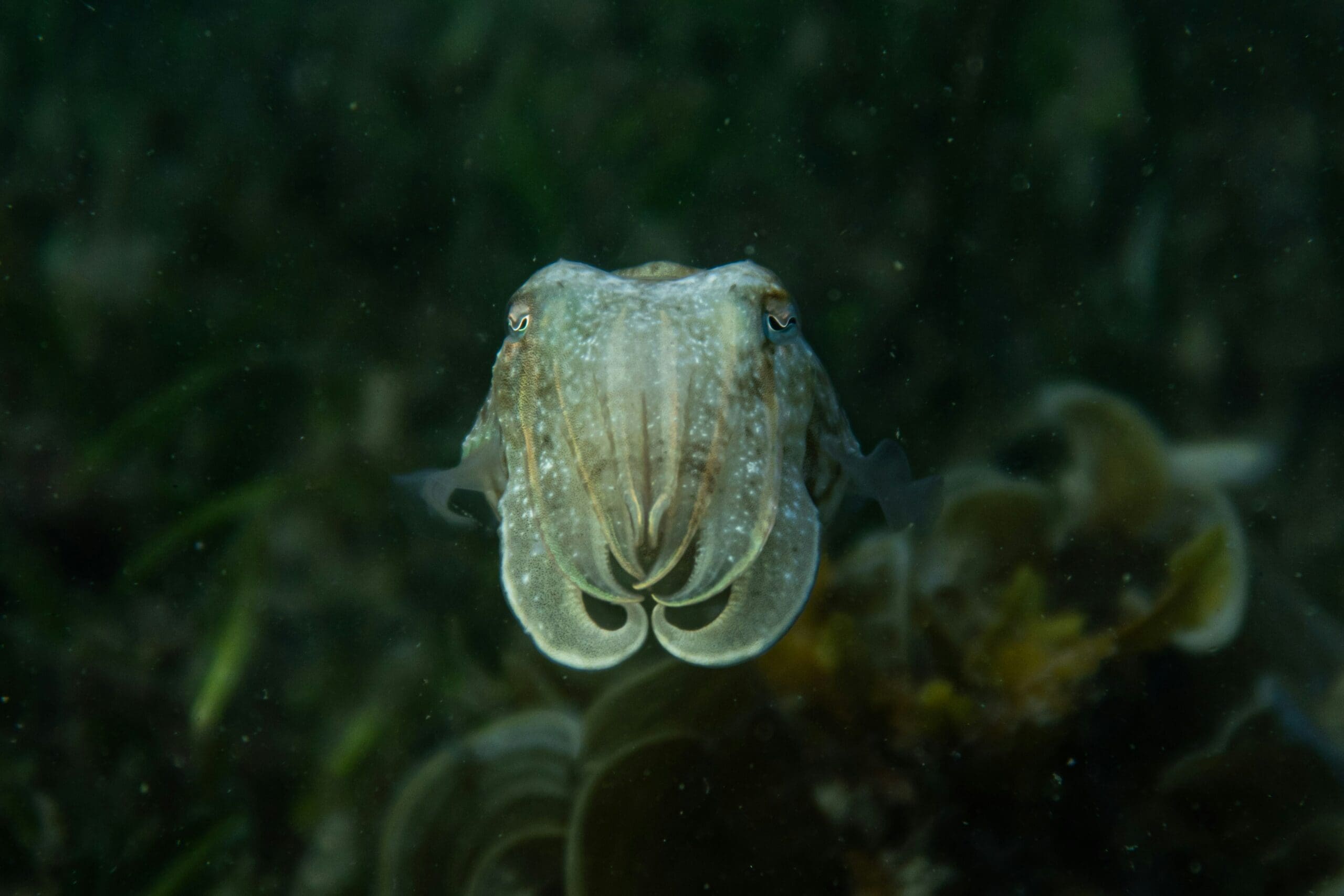Italy
Country Name: Italy
Capital City: Rome
Population: Approximately 58.97 million (2024 est.)
Official Language: Italian
Currency: Euro (EUR)
Time Zone: Central European Time (CET) UTC +1, Central European Summer Time (CEST) UTC +2 during daylight saving time
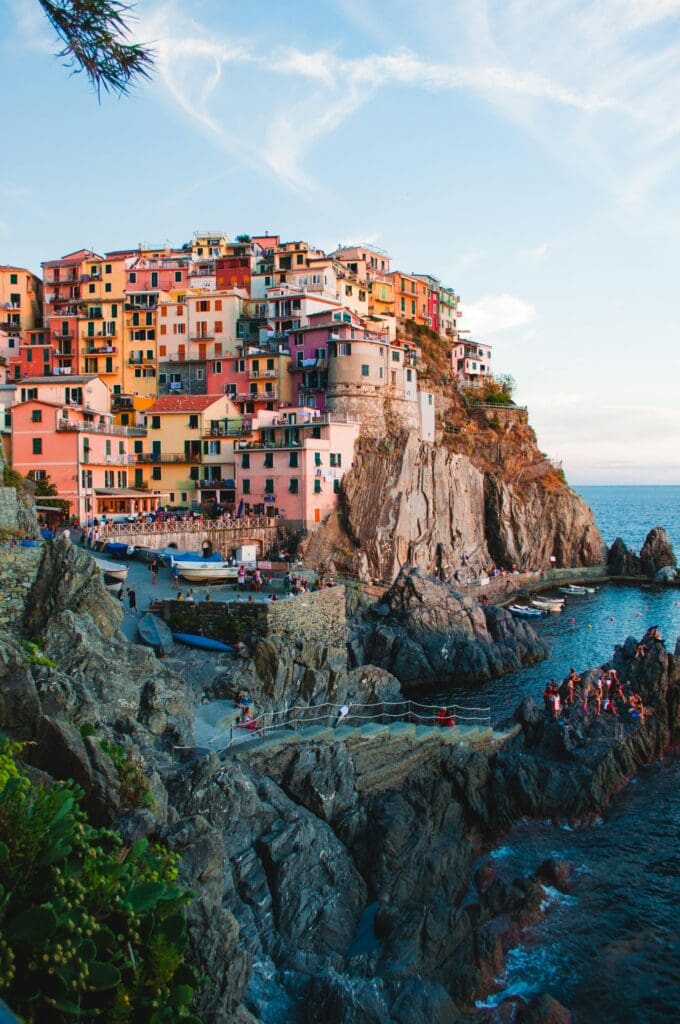
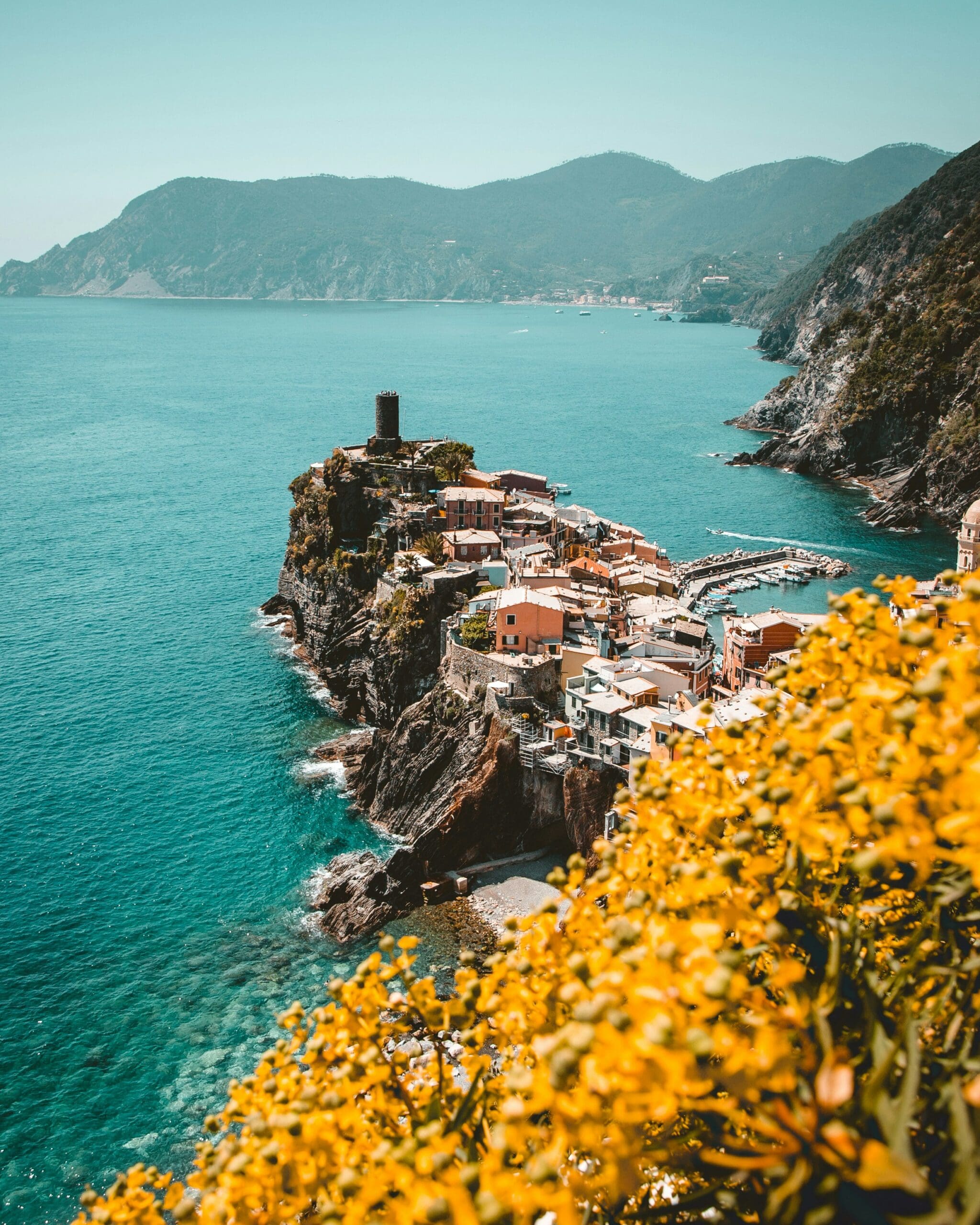
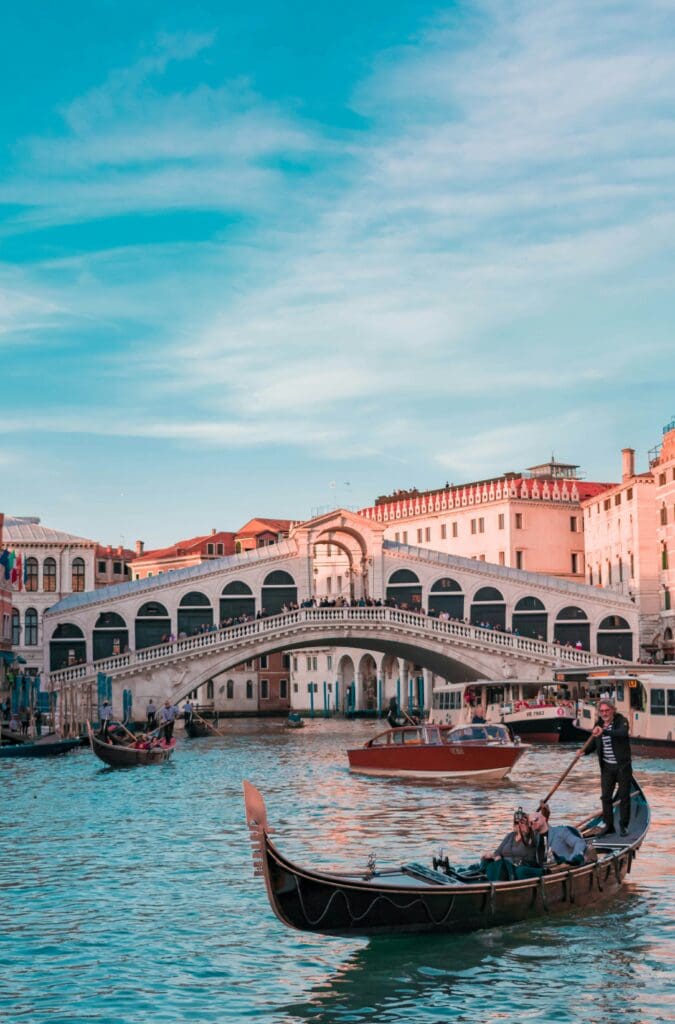
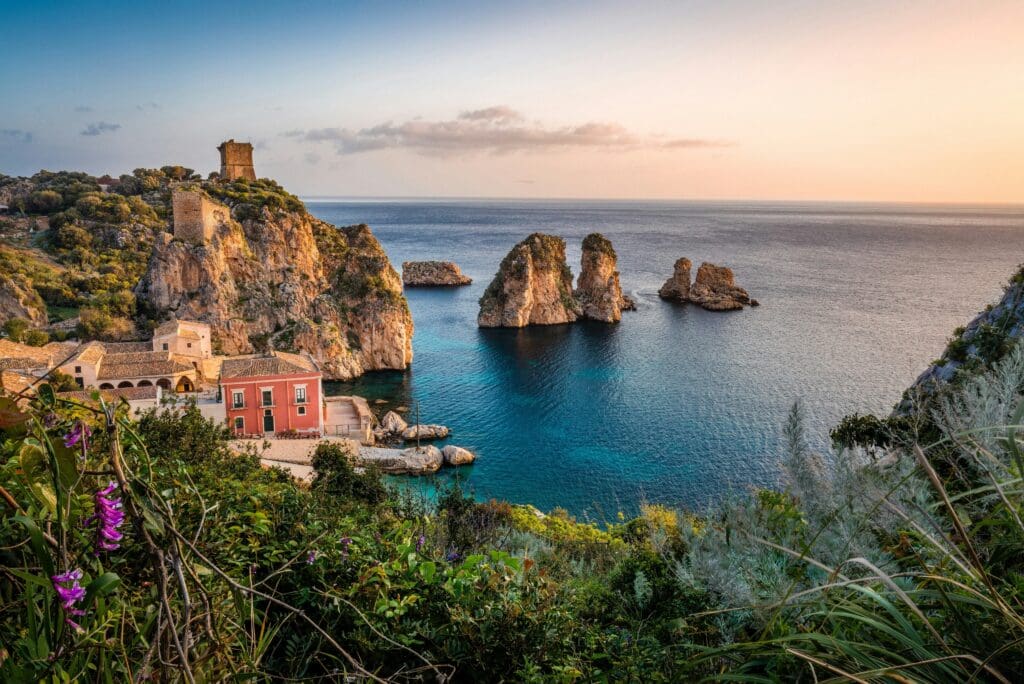
Diving Overview
Italy offers a variety of diving experiences thanks to its extensive coastline along the Mediterranean Sea. The country features clear, temperate waters that are perfect for diving, offering diverse underwater environments ranging from vibrant coral reefs and seagrass meadows to historical shipwrecks and underwater archaeological sites. The dive sites are spread across the Italian mainland and islands, providing opportunities for both beginner and advanced divers to explore the rich marine biodiversity and historical artifacts beneath the waves.
- Number of Dive Sites: Over 100
- Types of Diving: Reef, wreck, cave, wall
- Marine Biodiversity Highlights: Grouper, octopus, scorpionfish, seahorses, and various species of nudibranchs
- Average Water Temperatures: 15-25°C (59-77°F)
- Visibility Range: 10-30 meters (33-98 feet)
Important Information
Optimal Dive Seasons
The best diving conditions in Italy are typically from May to October, when the water is warm and visibility is at its peak.
Major Airports
Leonardo da Vinci International Airport (Rome), Malpensa Airport (Milan), Marco Polo Airport (Venice), Naples International Airport, Falcone-Borsellino Airport (Palermo)
The Travel Tip
A 5mm wetsuit is recommended for diving in Italy’s cooler months, while a 3mm wetsuit is sufficient for the summer season.
Weather Patterns
Italy has a predominantly Mediterranean climate, with hot, dry summers and mild, wet winters.
Internal Transportation
high-speed trains (Frecciarossa), regional trains, buses, and domestic flights and ferries
Attractions
the Colosseum and the Vatican in Rome, the canals of Venice, the Uffizi Gallery in Florence, Pompeii, the Amalfi Coast, and the fashion and cultural hubs of Milan and Turin
Top Dive Regions
Italy’s top dive regions include the stunning waters around Sardinia, known for its clear visibility and rich marine life, featuring dive sites like the Grotta del Nereo and the wreck of the KT12. The Amalfi Coast and the island of Capri offer diverse underwater landscapes, including caves, drop-offs, and historical wrecks, making them ideal for both beginner and experienced divers. The Ligurian Sea, particularly around Portofino, boasts the famous Christ of the Abyss statue and vibrant marine reserves. Sicily, including the Aeolian Islands, provides unique dives with volcanic underwater topography and abundant marine species. Lastly, the Tuscan Archipelago, with the island of Elba, offers beautiful reefs and historical wrecks, contributing to its reputation as a prime diving destination

Sardinia
Known for its clear visibility and rich marine life, Sardinia offers top dive sites such as the Grotta del Nereo and the KT12 wreck

Amalfi Coast
This region features diverse underwater landscapes, including caves, drop-offs, and historical wrecks, ideal for both beginners and experienced divers

Liguria – Portofino
Home to the famous Christ of the Abyss statue and vibrant marine reserves, Liguria offers excellent reef and wreck diving

Sicily – Aeolian Islands
The volcanic underwater topography and abundant marine species around Sicily provide unique diving experiences
Marine Life
Italy’s Mediterranean waters are home to a rich array of marine life, offering divers captivating underwater experiences. Beneath the surface, you will encounter vibrant ecosystems teeming with species such as groupers, octopuses, scorpionfish, and seahorses. The seagrass meadows, particularly in areas like the Ligurian Sea and around Sardinia, provide habitats for diverse marine creatures, including colorful nudibranchs and moray eels. Additionally, historical wrecks and underwater caves host unique species and serve as artificial reefs, enhancing the underwater biodiversity.
Common Species: Grouper, octopus, scorpionfish, seahorses, nudibranchs, and moray eels.
Seasonal Highlights: Increased sightings of pelagic species such as tuna and barracuda during the summer months
-
Overview of Elba Island
Elba Island, the largest island in the Tuscan Archipelago, is a hidden gem in the Mediterranean Sea. Known for its unique blend of rich history, stunning landscapes, and incredible biodiversity, Elba offers a captivating experience for divers of all levels.…
-
Best time to dive in Elba Island
Diving in Elba Island offers an unforgettable underwater adventure teeming with vibrant marine life and fascinating underwater landscapes. The island, a jewel of the Tuscan Archipelago, is renowned for its crystal-clear waters, diverse dive sites, and historical shipwrecks. Understanding the…
-
Overview of Ustica Island
Overview Ustica Island is a captivating gem in the Mediterranean Sea, renowned for its pristine waters, volcanic landscape, and rich marine biodiversity. Situated off the northern coast of Sicily, Italy, this small island has earned a special place in the…
-
Dive sites in Ustica Island
Introduction Located in the Tyrrhenian Sea off the northern coast of Sicily, Ustica Island is often referred to as the “Black Pearl” of the Mediterranean due to its volcanic origins and rich underwater landscapes. This small island, which spans just…
-
Best time to dive in Ustica Island
Diving in Ustica Island is a dream come true for many scuba enthusiasts. Located in the Tyrrhenian Sea north of Sicily, this gem boasts some of the Mediterranean’s most pristine underwater landscapes. Choosing the right time to dive here can…
-
Best time to dive in Sardinia (Cala Gonone)
Exploring the stunning underwater world of Cala Gonone in Sardinia is a dream for many diving enthusiasts. This destination is renowned for its crystal-clear waters, vibrant marine life, and fascinating underwater formations. Choosing the right time to dive here can…
-
Dive sites in Sardinia (Cala Gonone)
Introduction Nestled on the stunning eastern coast of Sardinia, Cala Gonone beckons to divers like a siren’s call, its underwater landscapes a thrilling promise of adventure and discovery. This Mediterranean gem is renowned not just for its breathtaking surface vistas…
-
Dive sites in Elba Island
Located at the center of the Tyrrhenian Sea, Elba Island is a little-known paradise for divers. Being the largest island in the Tuscan Archipelago, it has a lot of history and beautiful landscapes besides an amazing underwater world waiting to…
-
Overview of Sardinia (Cala Gonone)
Cala Gonone is a diving destination that is situated on the east coast of Sardinia in Italy. This town, which is known for its beautiful landscapes and tranquil beaches, also contains some of the most captivating underwater environments in the…
-
Top 15 Dive Centers in Sardinia
Introduction to the Top Dive Centers in Sardinia Sardinia, the second-largest island in the Mediterranean, is a paradise for divers. The crystal-clear water, diverse marine life and stunning underwater views make it one of the most beautiful places on Earth…

